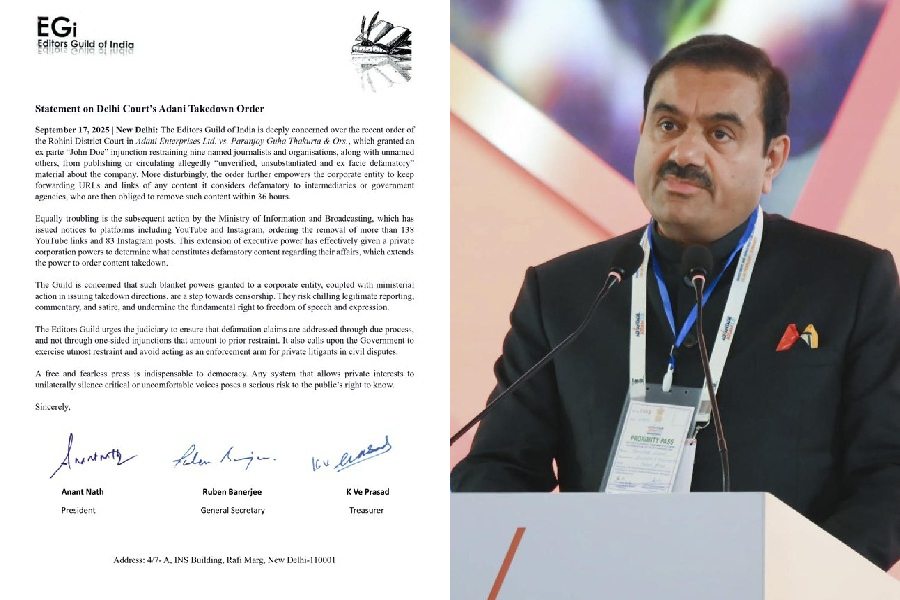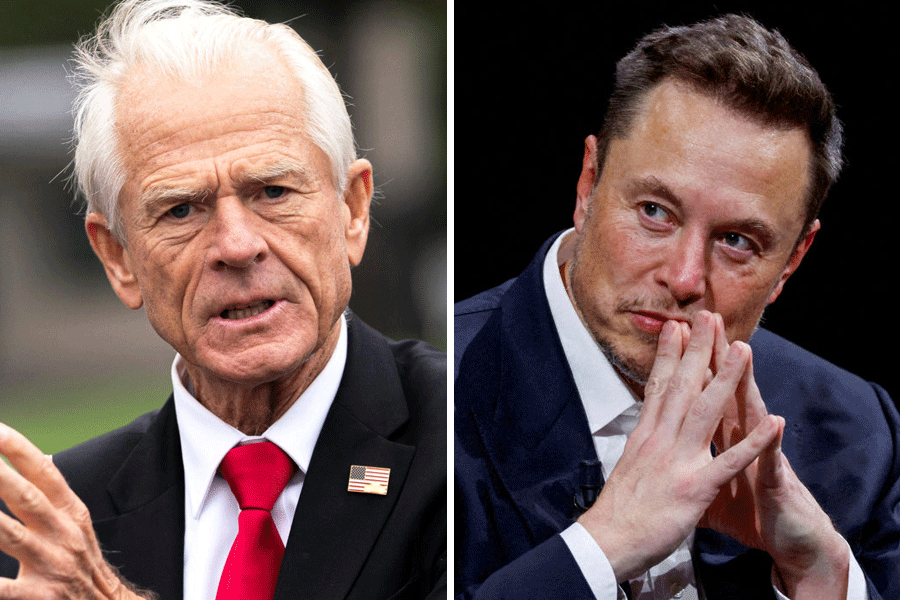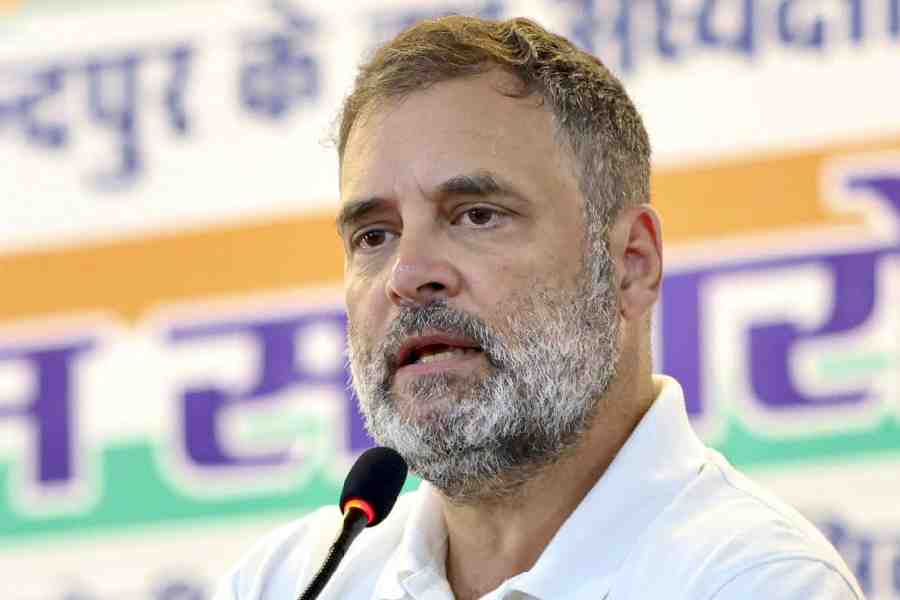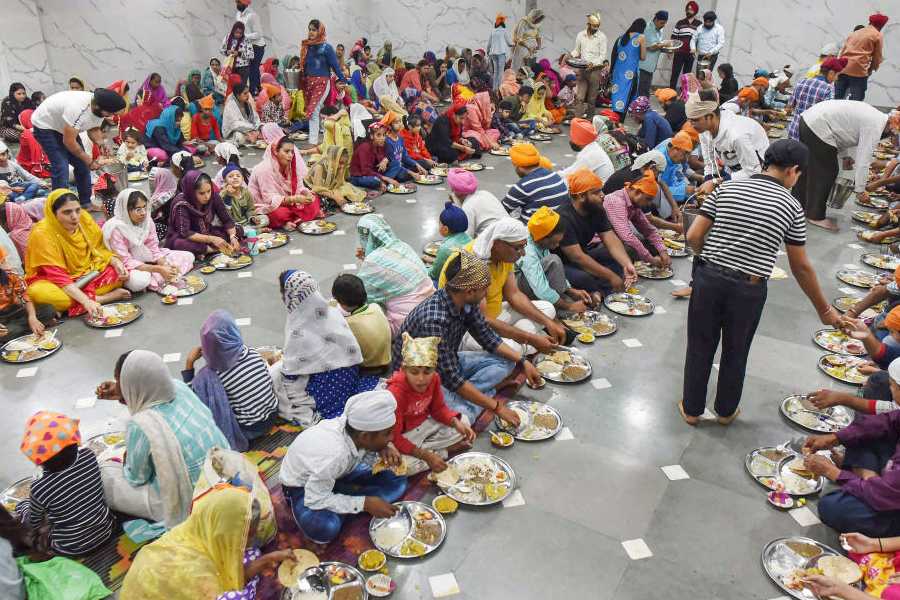 | Guest Column Jatindra Kumar Nayak |
Four brown hard-bound volumes bearing the title Sankshipta Odia Gyanakosha or Encyclopaedia Orissana, which were brought out by Utkal University in the 1960s, hardly arouse any curiosity or enthusiasm today. They lie mostly unread in private collections or public libraries with their pitted pages yellowing with age. And yet they embodied the ideals cherished by a young university and the dreams of a brilliant poet-scholar. Therefore, they certainly do not deserve the neglect they have suffered. In the pages of this encyclopaedia unfold a fascinating story of an attempt to build a nation through knowledge and the story needs to be told.
The introduction to the first volume of Gyanakosha presents the following brief account of the genesis of this encyclopaedia:
After Utkal University was founded educationists, academics and writers made an effort to compile an encyclopaedia in Oriya. A proposal for undertaking such a project was placed by Dr Mayadhar Mansingh before the senate of the University in 1949. Later, the proposal was also placed before the Committee for Development of Oriya Literature set up by the University. On February 7, 1951, Dr Mansingh sent an appeal to authors, journalists and academics in Orissa. In 1955, he published, at his own expense, a sample or model encyclopaedia, which gave an outline of the kind of encyclopaedia should serve needs of today's world.
The first volume of the encyclopaedia was published on January 2, 1963 under the auspices of Utkal University, set up in 1943 in Orissa. Around 5,000 copies were printed. The second volume came out on October 1, 1963. The print run was 5,000 copies. The third volume appeared on December 1, 1964. Its print run was also 5,000 copies. The fourth and final volume of the encyclopaedia was published on November 1, 1965 and 5,000 copies of the volume were printed. The editor of the four-volume encyclopaedia was Dr Mayadhar Mansingh, a famous poet and a British educated Shakespeare scholar, who had conceived the project in the 1940s, when he was the principal of Gangadhar Meher College in Sambalpur.
The work on compiling Gyanakosha began in 1958. The original plan was to publish several volumes, but certain circumstances compelled the editor to alter the plan. On February 16, 1959, the board of editors of Gyanakosha received a letter from the then chief minister of Orissa, Dr H.K. Mahtab. In the letter, the chief minister advised them to publish a shorter version of the encyclopaedia for benefit of the general public as soon as possible. Acting on his advice the board contented itself with the publication of a small four-volume digest. The failure to complete the project of publishing a multi-volume encyclopaedia left its editor disappointed and embittered.
The introduction to the second volume reveals an interesting facet of the project. The editor emphasises that the encyclopaedia would provide no space for superstitions or irrationality and that it would participate in the project of building a progressive, self-reliant developed nation:
In the whole of the encyclopaedia we have made no allowances for superstions or irrationality of any kind for our modest aim in compiling this encyclopaedia is to contribute in however small a way to the task of building a self-reliant, progressive, new Indian nation which would be free from all kinds of superstition. To promote national integration we have included in this short encyclopaedia impartial and objective accounts of religions of the world, of various regional languages, literatures and cultures of India and the contribution they have made to human civilisation. (Gyankosha, Introduction to Vol.3)
The encyclopaedia features a large number of entries on western nations, scientists, statesmen and thinkers. But the tone adopted is often neutral and sometimes laudatory. No attempt is made to draw a parallel between India and these nations with a view to denigrating the latter, but silent assumption that these present models to be emulated is everywhere present. Take for instance the entry on England, the erstwhile ruler of India. After providing information on the geographical location, demography, industries, minerals of this country, the entry goes on to inform the reader about its universities. The following observations deserve particular attention:
The British are a freedom-loving race. Their history is a history of ceaseless struggle for individual liberty and the freedom of the masses. This small island nation, as the ruler of half of the globe, has civilised many countries and race... The way it has voluntarily withdrawn from its colonies such as India, Ceylon and Burma and granted them independence is without a precedent in world history. (Gyanakosha, Vol. 1, p.264)
Similar sentiments are expressed with reference to other western nations such as, Finland and Yugoslavia. Consider the following observation with reference to United States of America: The comfort and prosperity which is available to an ordinary American citizen is beyond the members of the most privileged classes in India. Maidservants in America come to work in their employers' houses riding cars. It is help from America which enables many nations in Asia and Europe to develop themselves. (Gyanakosha, Vol. 4. p.111)
Such laudatory references are, interestingly, denied to countries, eastern or western, if they happen to have embraced communism. Hostility to communism and an anticommunist stance is evident in many entries dealing with various nations. Communism is viewed throughout Gyanakosha as a sinister ideology which curtails and destroys individual liberty. All pretence to neutrality and objectivity is abandoned whenever an opportunity to present a critique of communism makes itself available. Consider the harsh comment on the legacy of Sparta:
It is Sparta which is the source of the tendency we find in Nazi and communist ideologies — the tendency completely to destroy individuality, to reduce human beings into a cog in the machine of the state through relentless collectivization, and to interfere in every aspect of an individual's life. (Gyanakosha Vol. 4 p. 408-409)
Thus, the attitudes to the west undergo a significant change in this encyclopaedia compiled after the Independence and new priorities and new areas of contention appear under the guise of 'neutral and rational’ knowledge. Possibly under the influence of the cold war, democratic nations in the west are singled out for a favourable treatment and communism and the systems of governance associated with it are presented in a negative light. Since the west has ceased to be associated with imperial rule the entries on the west no longer offer a critique of the west. Instead, the non-communist west is held up as an example worth emulating and the communist countries in the west as well as in the east are seen as posing a serious threat to individual liberty and tradition.
(Jatindra Kumar Nayak teaches English at Utkal University)










